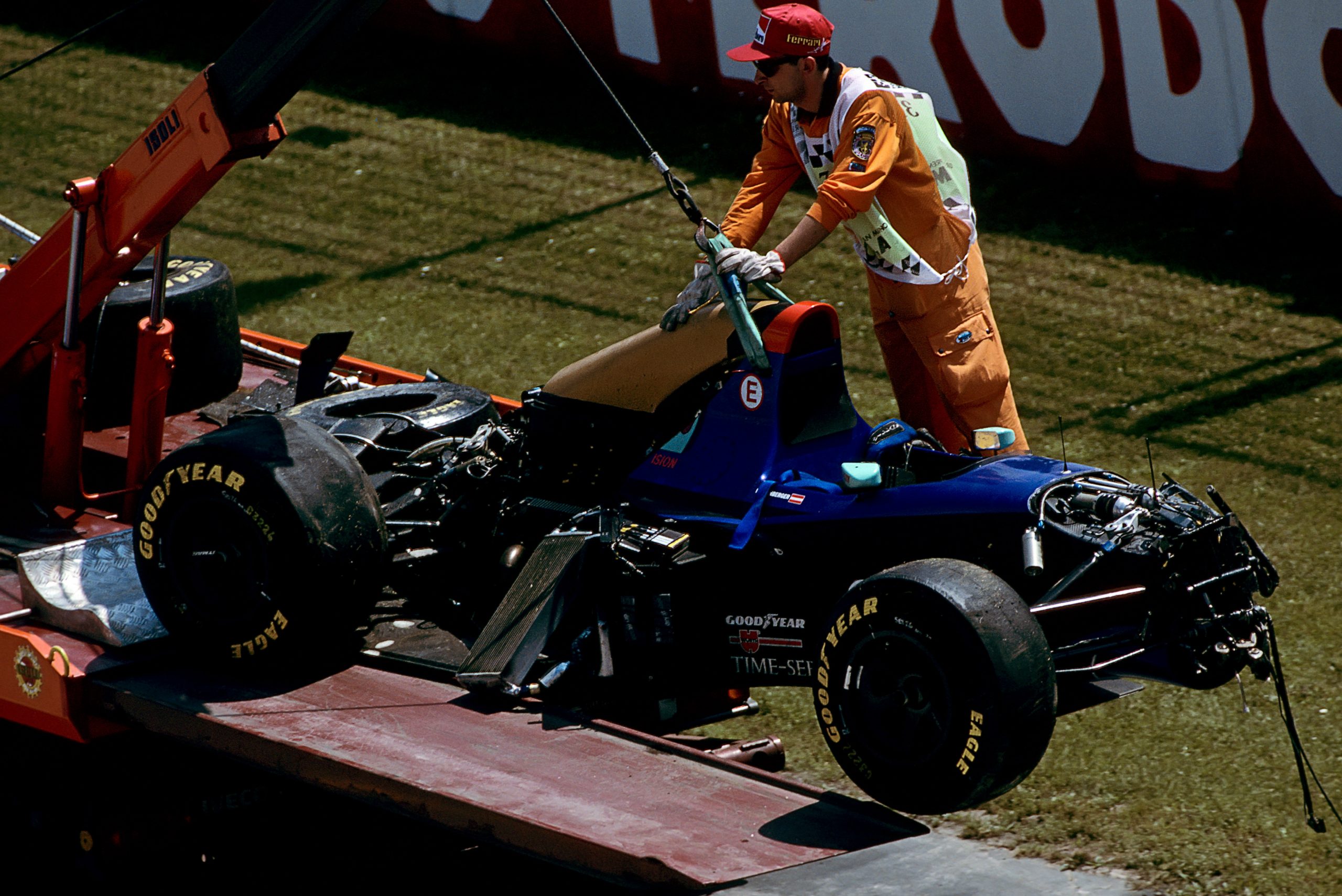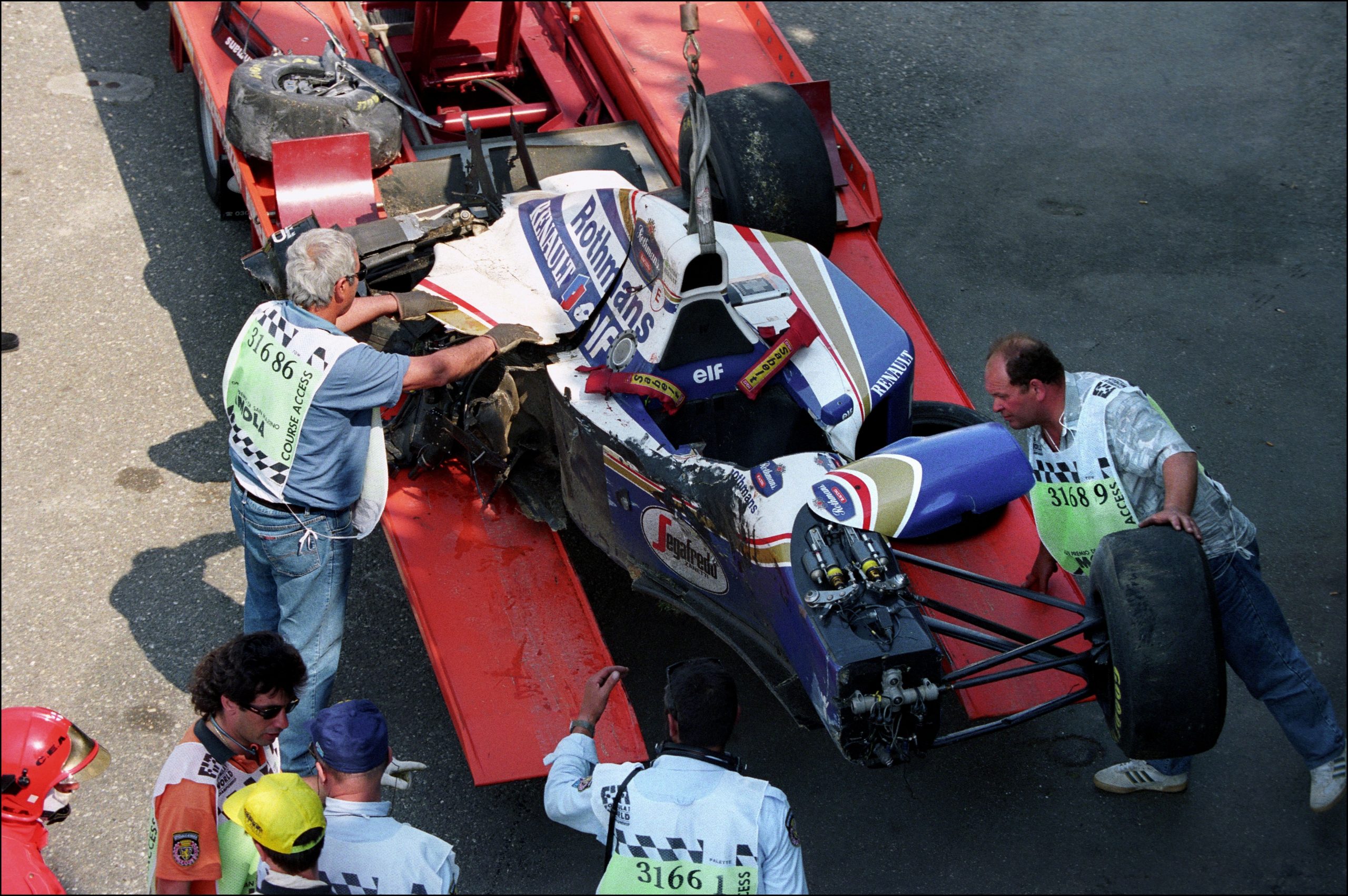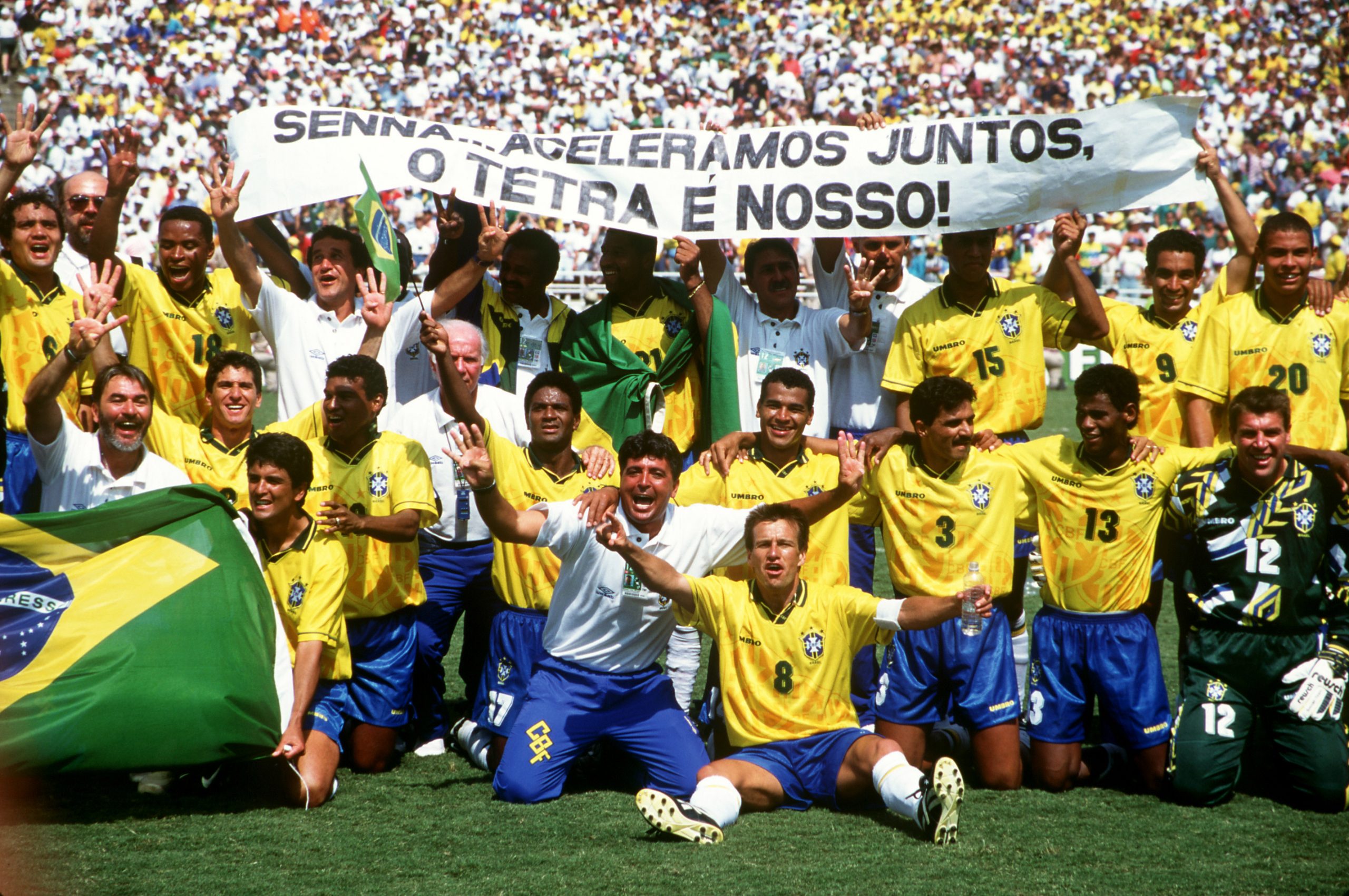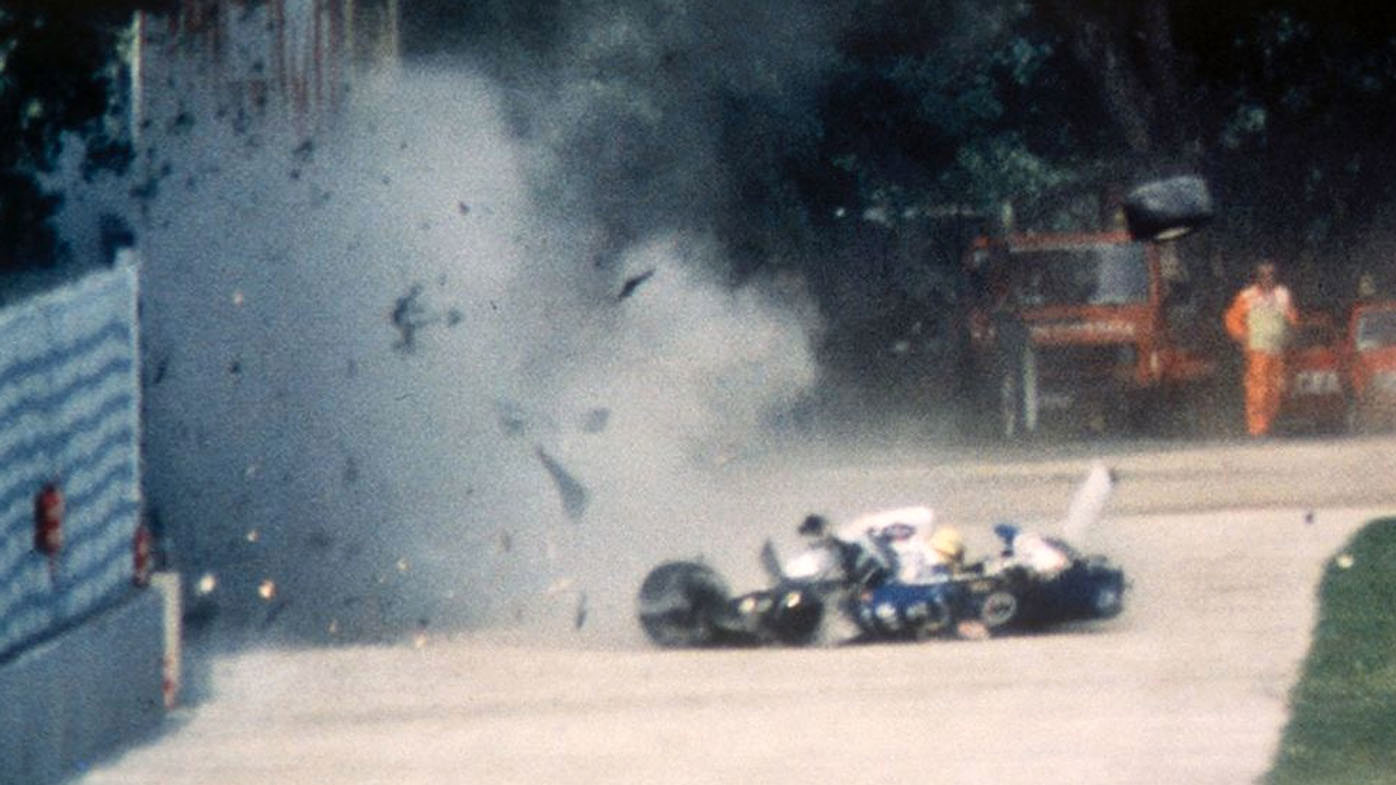The night before the 1994 San Marino Grand Prix, Ayrton Senna was crying into the shoulder of close friend, renowned F1 doctor, Professor Sid Watkins.
Senna was distraught following the death of close friend, Roland Ratzenberger in qualifying earlier that day.
Ratzenberger had suffered a front wing failure at the fastest part of the circuit and crashed almost head-on into a concrete wall.
READ MORE: Souths boss lifts lid on renewed Bennett pursuit
READ MORE: Heartwarming text after Demetriou axed
READ MORE: Nadal given hero's goodbye after Madrid loss
The impact registered 500g – that's 500 times Ratzenberger's bodyweight – and remains today the largest impact ever recorded in an F1 crash.
Senna was already a three-time world champion, but had endured a difficult start to the 1994 season with his new team, Williams.
"Ayrton, why don't you withdraw from racing tomorrow," Watkins recalled telling Senna in his 1996 book Life at the Limit.
"In fact, why don't you give it up altogether? What else do you need to do? You have been world champion three times, you are obviously the quickest driver. Give it up and let's go fishing."
It was true – Senna had nothing else to prove. He already had several charities in Brazil – perhaps he could dedicate his time fully to running those? Many people believed he would one day be president of Brazil.

Senna thought about it for a moment, but declined.
"Sid, there are certain things over which we have no control. I cannot quit, I have to go on."
The next day, on lap seven of the race, 30 years ago today, Ayrton Senna was killed when his car left the road at the ultra-fast Tamburello corner.
He hit the concrete wall on the outside of the circuit. He was struck in the head by the right-front wheel and suspension assembly.
https://www.instagram.com/p/C6Yg99WKn0m/?utm_source=ig_embed&
Watkins was among the first on the scene less than two minutes after Senna's Williams had come to rest. By then, Senna had already lost several litres of blood, but had a faint pulse.
Watkins performed a trackside tracheostomy and immediately ordered the helicopter to take Senna to the Maggiore Hospital in nearby Bologna.
He was pronounced dead by the hospital's head of emergency several hours later. She said he suffered skull fractures, brain injuries, and a ruptured temporal artery – any of which could have been the cause of death.
Although she announced his death at 6.40pm local time, she listed his time of death as 2.17pm – the moment he struck the wall.

In his book, Watkins said by the time he arrived on the scene, Senna's pupils were already fully dilated, and that he and the other medical officials at the scene knew he would not survive.
Few athletes transcended their sport quite like Senna.
He was widely regarded as the most naturally gifted pilots to ever steer a Formula 1 car. He had an aura about him and an air of invincibility. He could do things in cars nobody else could. How could he crash in a corner that in a modern F1 car was barely even a corner?
Besides, Formula 1 was at the time the safest it had ever been. It had been more than a decade since the last fatal crash at a race weekend, Ricardo Paletti at the 1982 Canadian Grand Prix, and eight years since Elio de Angelis' death in a private test at the Paul Ricard Circut in France – and that was more down to the utter ineptitude of trackside marshalls than any fault of the car.
https://twitter.com/netflix/status/1785293036529807650
His death sent shockwaves through not only motorsport, but the wider sporting world, and kicked off a legal dispute that would take 13 years to be resolved. All charges were dropped.
For Brazilians, Senna's death was a national tragedy, and the government declared three days of mourning. He was given a state funeral in Sao Paulo only days later, which drew more than half a million people into the streets.
When Brazil won the FIFA World Cup later that year, the team held up a banner dedicating the win to him.
Wide World of Sports has recounted the events of what was without a doubt F1's darkest weekend, taking an in-depth look at not only Senna's death, but also that of Ratzenberger, who was teammates with Australian David Brabham.

There were also two other major crashes that weekend, one for Rubens Barrichello on the Friday as well as a start line crash that injured several spectators and a police officer, and the role that crash had in Senna's.
It was a weekend where anything that could go wrong, did. But good did come out of it.
It triggered one of the biggest safety upheavals the sport had ever seen, the evolutions of which are still being worked on today.
Since Senna, only one driver has died as a result of a crash in modern F1 – Jules Bianchi following a crash at the 2014 Japanese Grand Prix.
His death brought about the introduction of the Halo into F1 in 2018, and since to every new single-seater racecar built anywhere in the world.
In F1 alone, that device has been credited with saving the lives of Charles Leclerc in a startline crash at the 2018 Belgian Grand Prix, and also Romain Grosjean in his fiery crash at the start of the 2020 Bahrain Grand Prix.
That the sport is as safe as it is now, is in many parts thanks to the lessons learned following Senna's death. It's a testament to the FIA.
A memorial will be held at the Imola circuit on Wednesday night (AEST). The sport will race in Miami this weekend, but will return to the circuit for the following race on May 19.
The first of the two-part series looking into the events of that weekend in Imola will be published on Saturday morning, followed by part two on Sunday.

Leave a Reply
You must be logged in to post a comment.